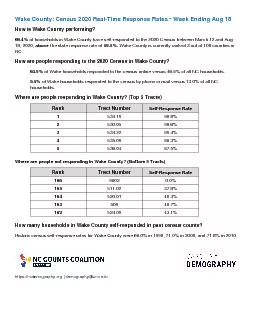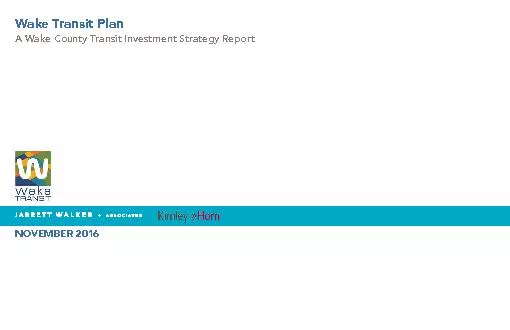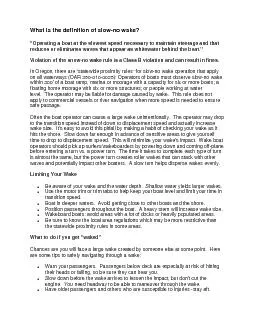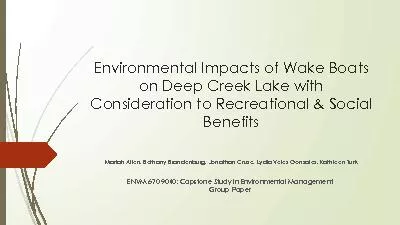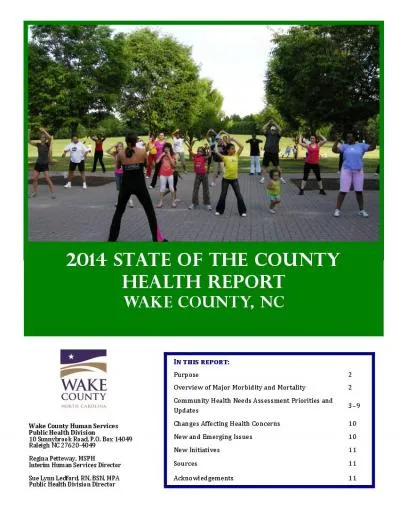PPT-WAKE COUNTY BEHAVIORAL HEALTH SUMMIT
Author : yoshiko-marsland | Published Date : 2019-11-20
WAKE COUNTY BEHAVIORAL HEALTH SUMMIT WELCOME Sig Hutchison Chairman Wake County Commissioners Donnie Harrison Wake County Sheriff Wake Directors 3 Alliance Behavioral
Presentation Embed Code
Download Presentation
Download Presentation The PPT/PDF document "WAKE COUNTY BEHAVIORAL HEALTH SUMMIT" is the property of its rightful owner. Permission is granted to download and print the materials on this website for personal, non-commercial use only, and to display it on your personal computer provided you do not modify the materials and that you retain all copyright notices contained in the materials. By downloading content from our website, you accept the terms of this agreement.
WAKE COUNTY BEHAVIORAL HEALTH SUMMIT: Transcript
Download Rules Of Document
"WAKE COUNTY BEHAVIORAL HEALTH SUMMIT"The content belongs to its owner. You may download and print it for personal use, without modification, and keep all copyright notices. By downloading, you agree to these terms.
Related Documents






